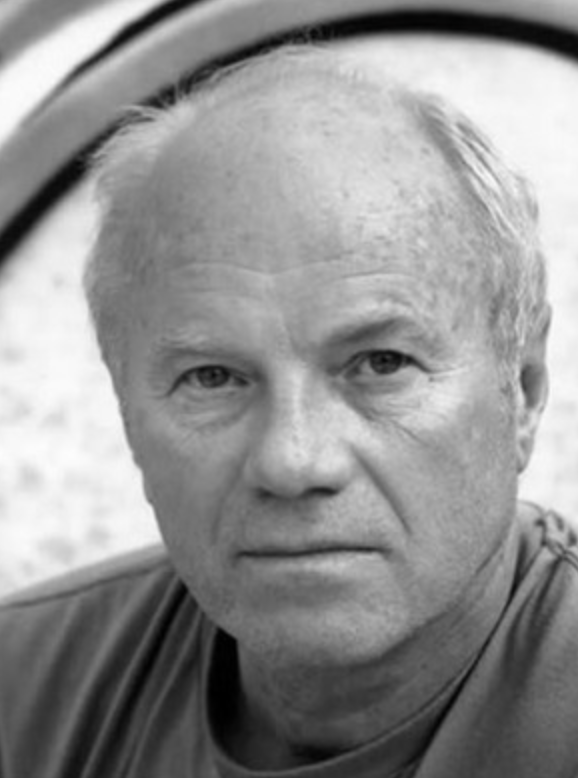 A leader of 1960s pop art, James Rosenquist was born in Grand Forks, North Dakota in 1933. After his family moved to Minneapolis, he studied art at both the Minneapolis School of Art and the University of Minnesota. Upon receiving a scholarship to the Art Students League in 1955, Rosenquist moved to New York City. Although he left the school after only a year, he painted billboards across the city before renting a studio space in Manhattan in 1960 where he developed his own artistic career. Rosenquist had his first solo show at the Green Gallery in New York in 1962 and achieved international acclaim with his room-scale painting "F-111" in 1965.
A leader of 1960s pop art, James Rosenquist was born in Grand Forks, North Dakota in 1933. After his family moved to Minneapolis, he studied art at both the Minneapolis School of Art and the University of Minnesota. Upon receiving a scholarship to the Art Students League in 1955, Rosenquist moved to New York City. Although he left the school after only a year, he painted billboards across the city before renting a studio space in Manhattan in 1960 where he developed his own artistic career. Rosenquist had his first solo show at the Green Gallery in New York in 1962 and achieved international acclaim with his room-scale painting "F-111" in 1965.
Rosenquist’s "billboard painting" served as the basis for his visual language, often adapted from advertising and pop culture. His work demonstrates a clear interest in deliberate color, line, and shape. However much of his work fragments and overlaps disproportionate images to abstract banal objects such as laundry detergent. Effectively, Rosenquist’s work confronts the viewer in unexpected ways, pushing them to reconsider consumer culture. Although primarily a painter, Rosenquist also produced numerous prints, drawings, and collages. In fact, his 1992 print "Time Dust" is cited as the world’s largest print in the world at 7 x 35 feet.
Since his first early career retrospective in 1972, organized by the Whitney Museum of American Art and the Wallraf-Richartz-Museum in Cologne, Rosenquist has been celebrated through numerous gallery and museum exhibitions across the U.S. and internationally, with a major 2003 retrospective at the Solomon R. Guggenheim Museum that traveled to the Menil Collection, Museum of Fine Arts in Houston, and Guggenheim Museum Bilbao. In 2002, he was given the Fundacion Cristobal Gabarron’s annual international award for art in recognition of his contributions to universal culture. From his beginnings as a billboard painter to his later mastery of abstract painting techniques, Rosenquist showcased a lifelong fascination with color, line, and shape, continually captivating audiences and inspiring younger generations of artists until his death in 2017 in New York.

